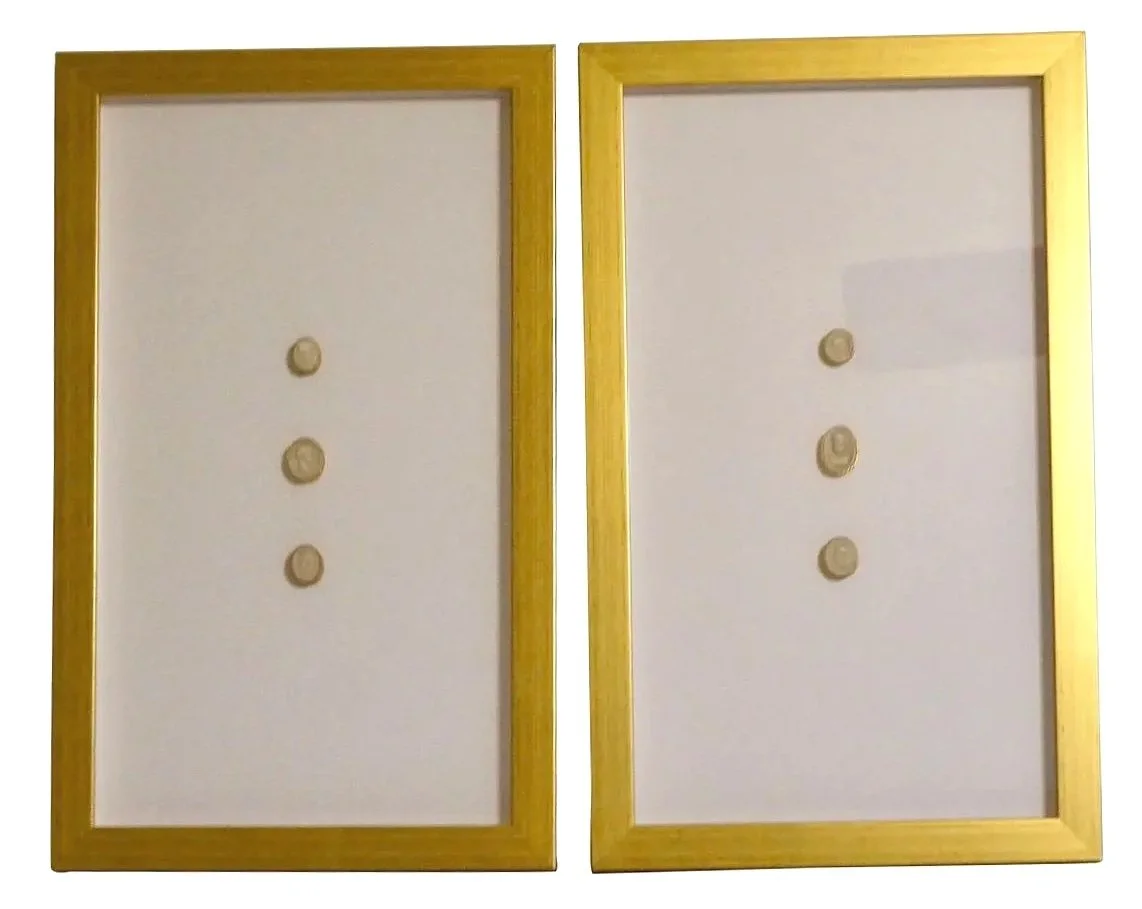 Image 1 of 12
Image 1 of 12

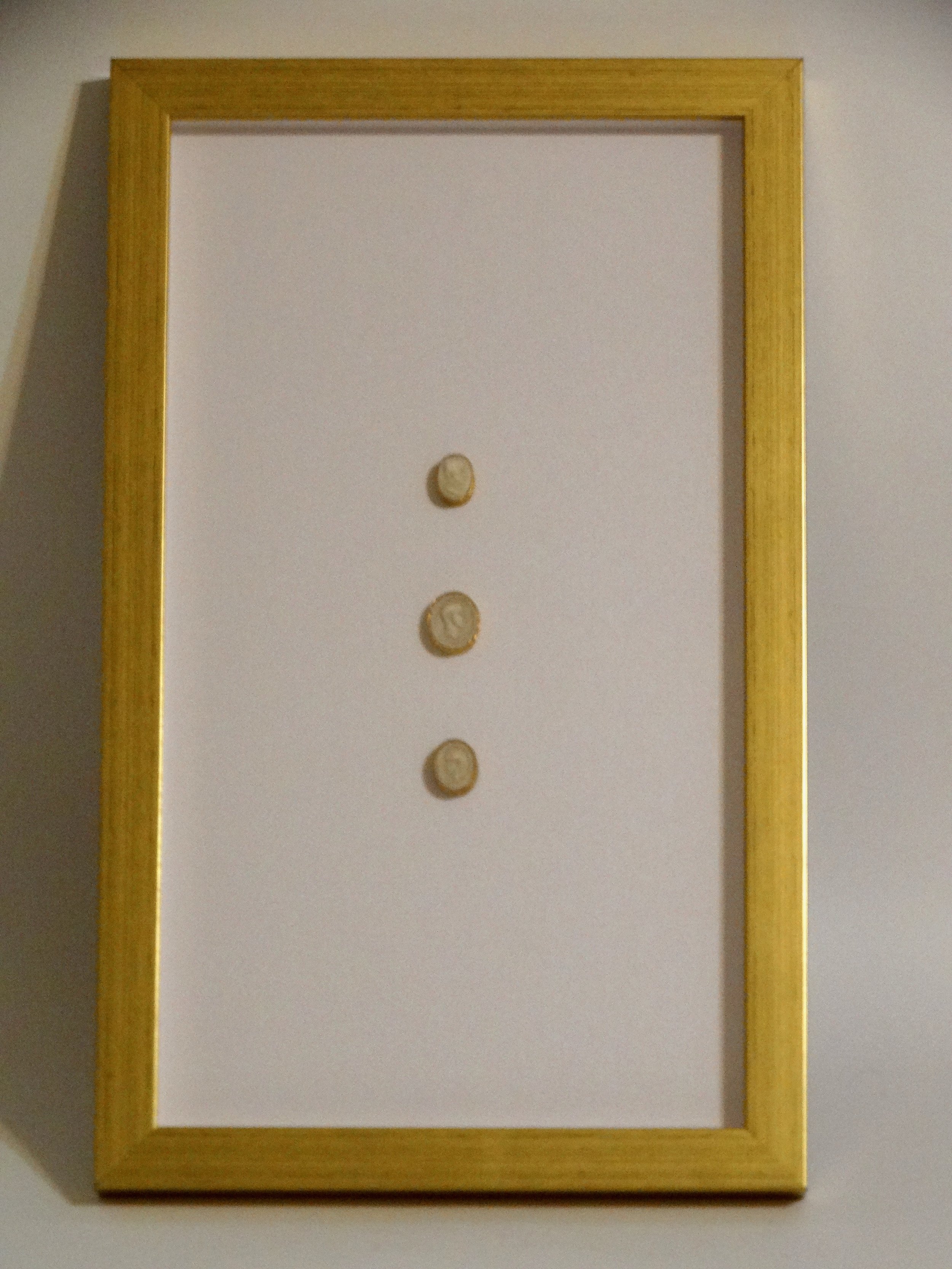 Image 2 of 12
Image 2 of 12

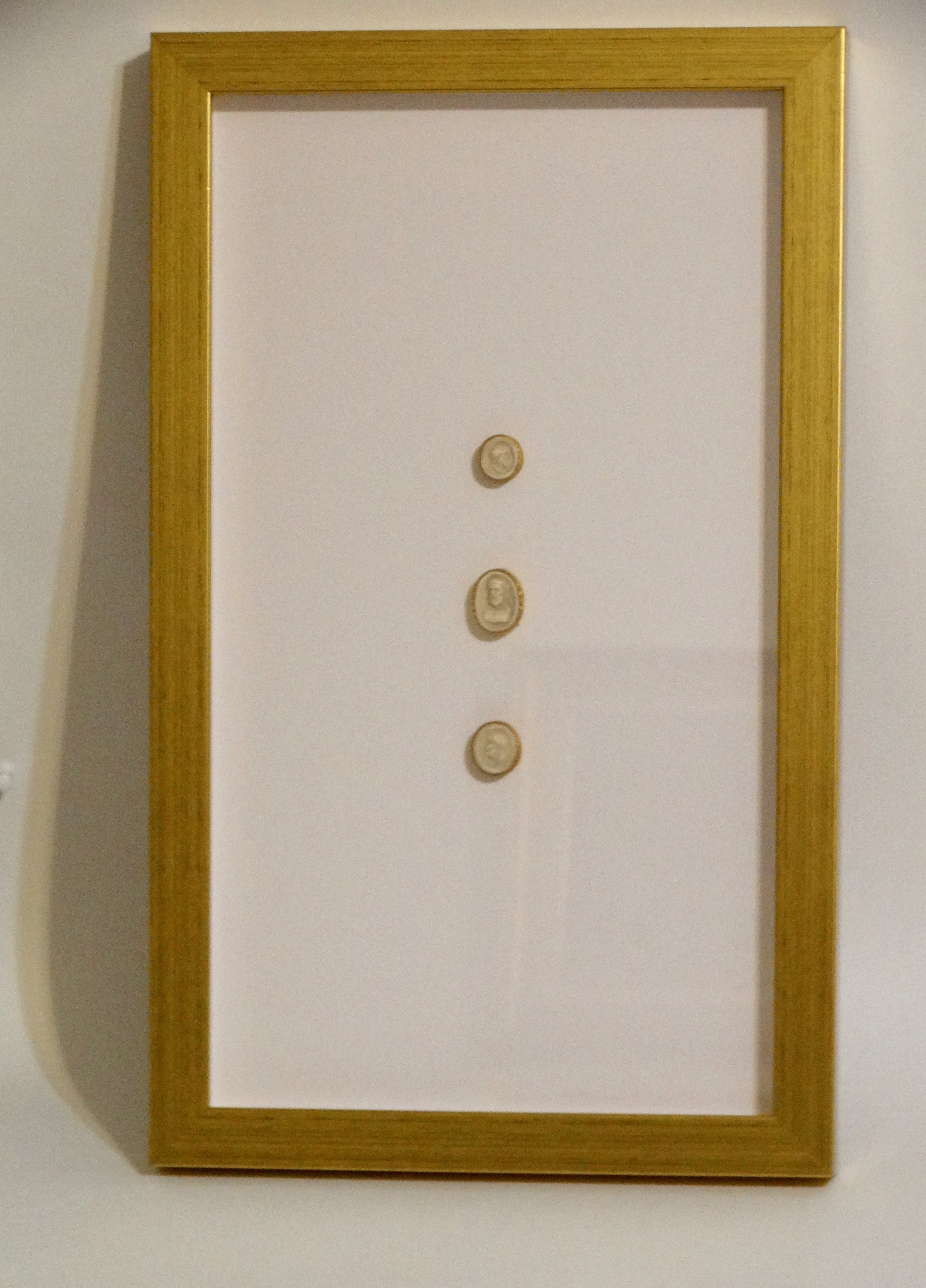 Image 3 of 12
Image 3 of 12

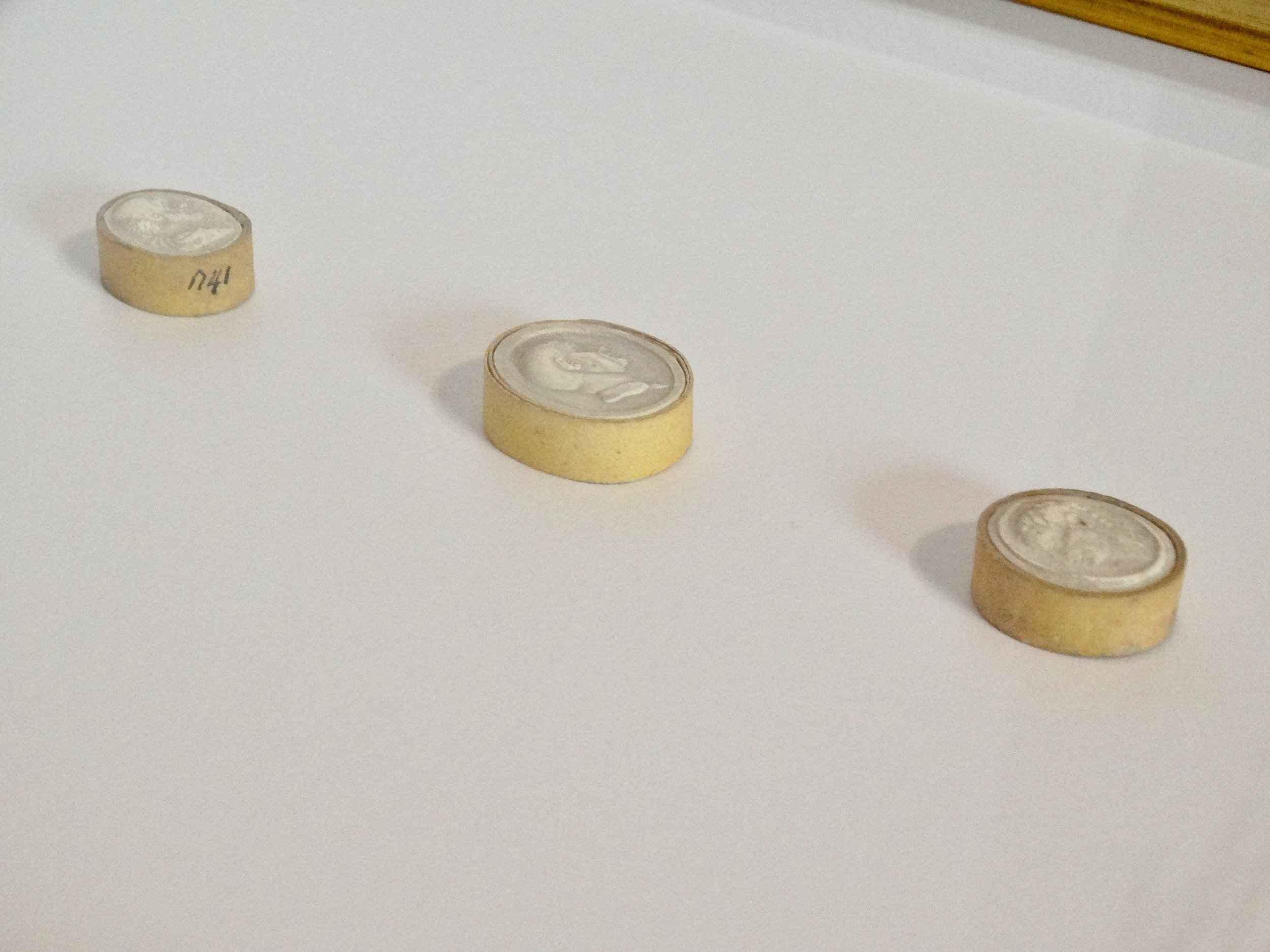 Image 4 of 12
Image 4 of 12

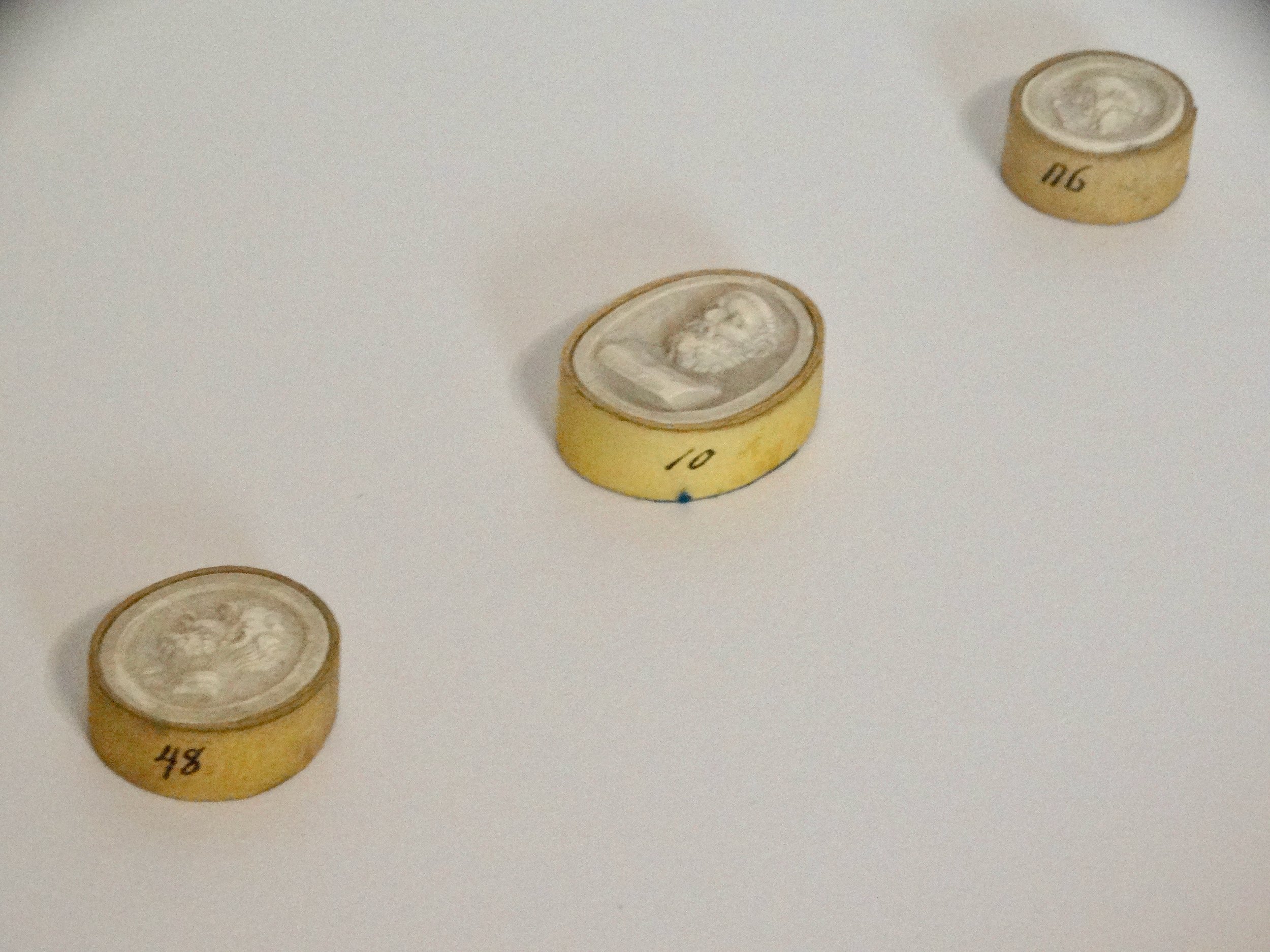 Image 5 of 12
Image 5 of 12

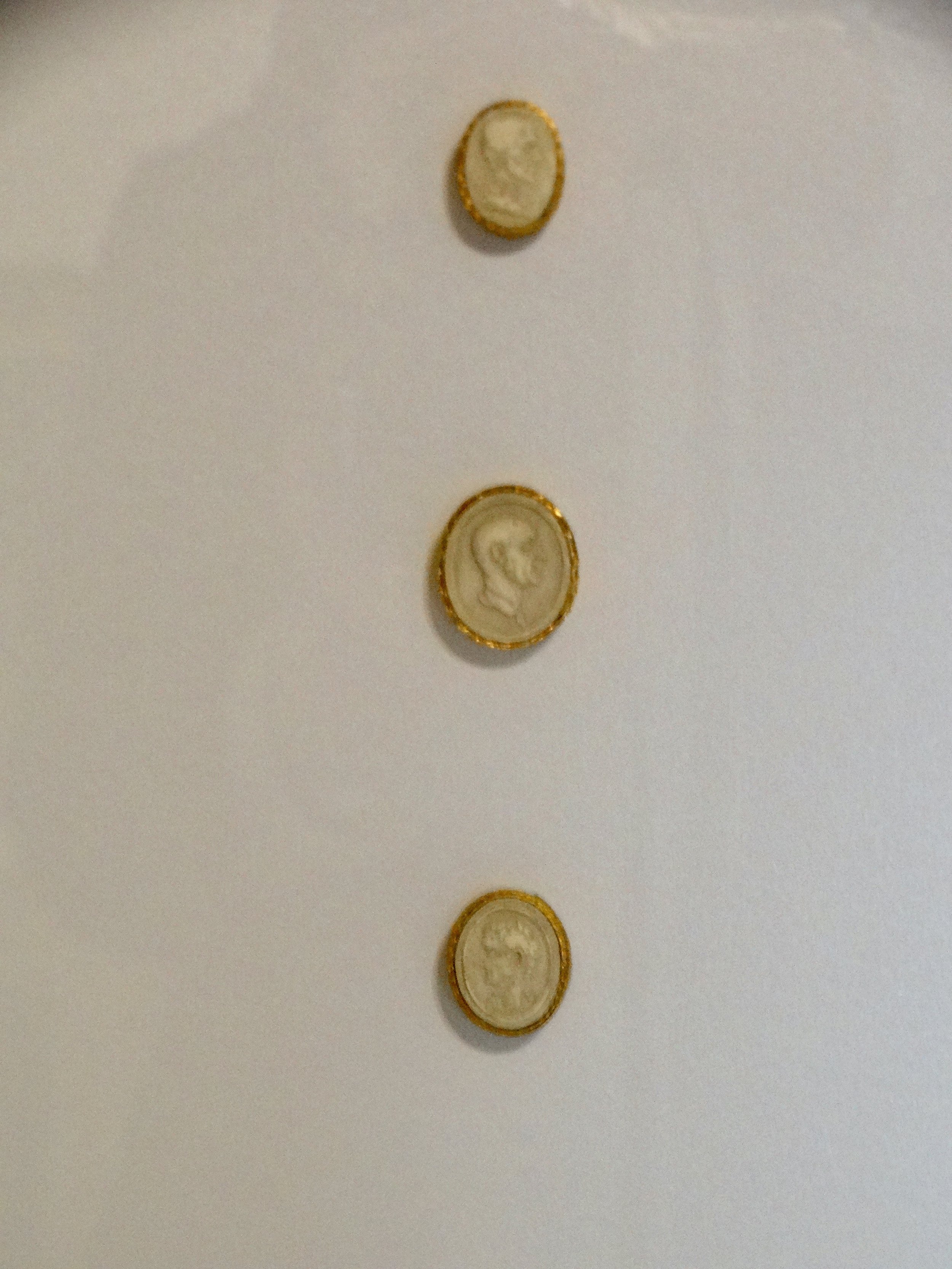 Image 6 of 12
Image 6 of 12

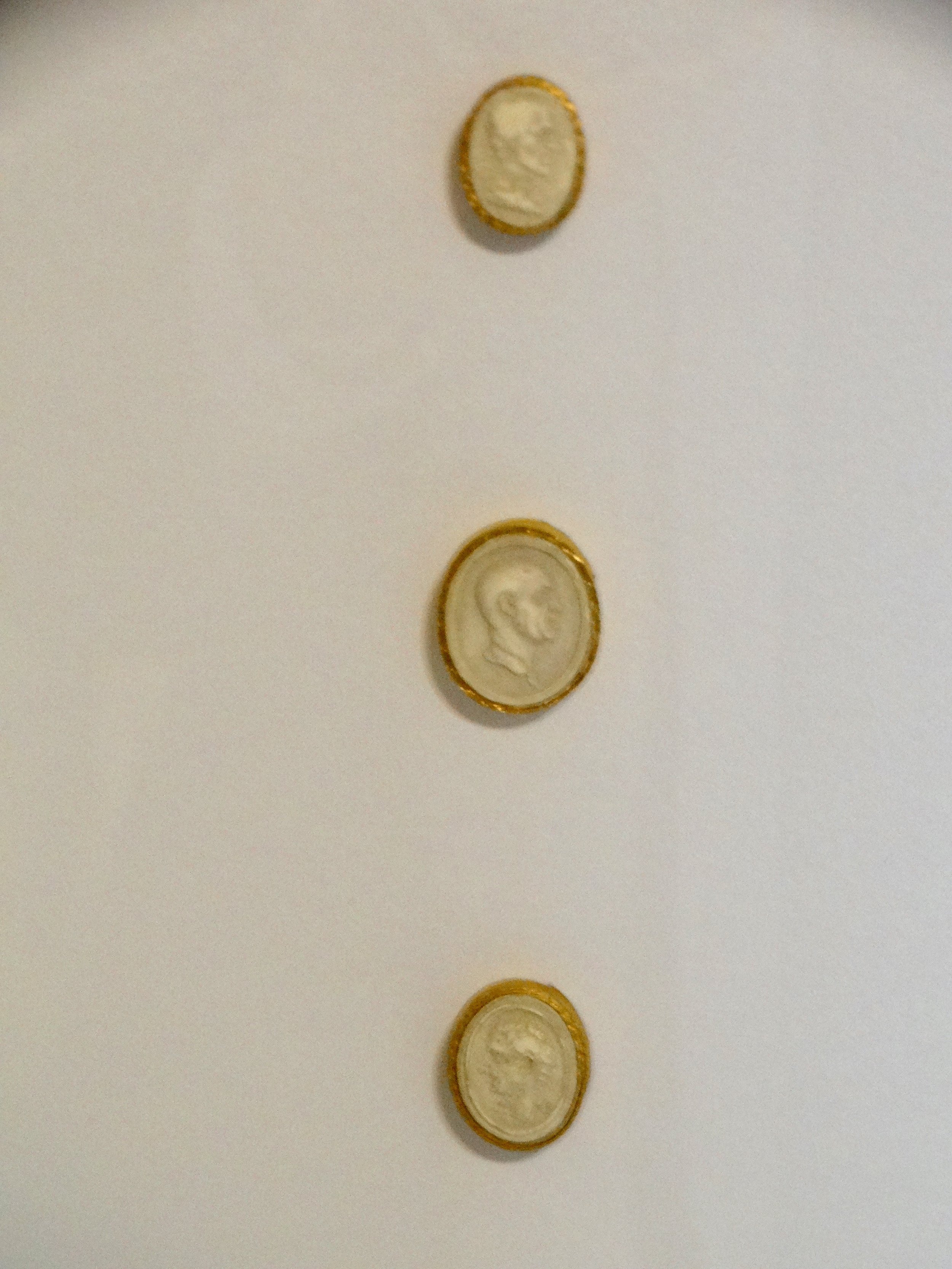 Image 7 of 12
Image 7 of 12

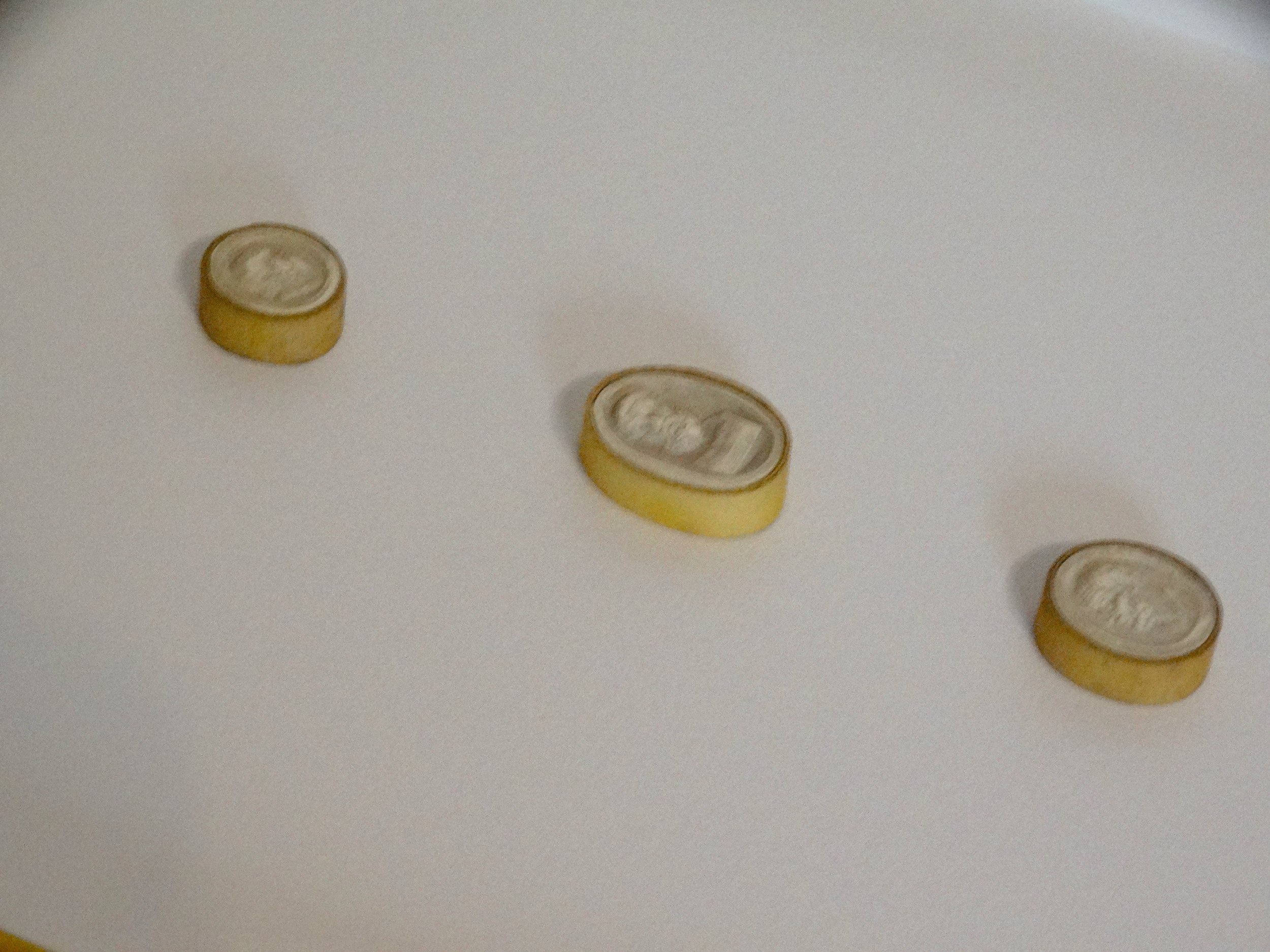 Image 8 of 12
Image 8 of 12

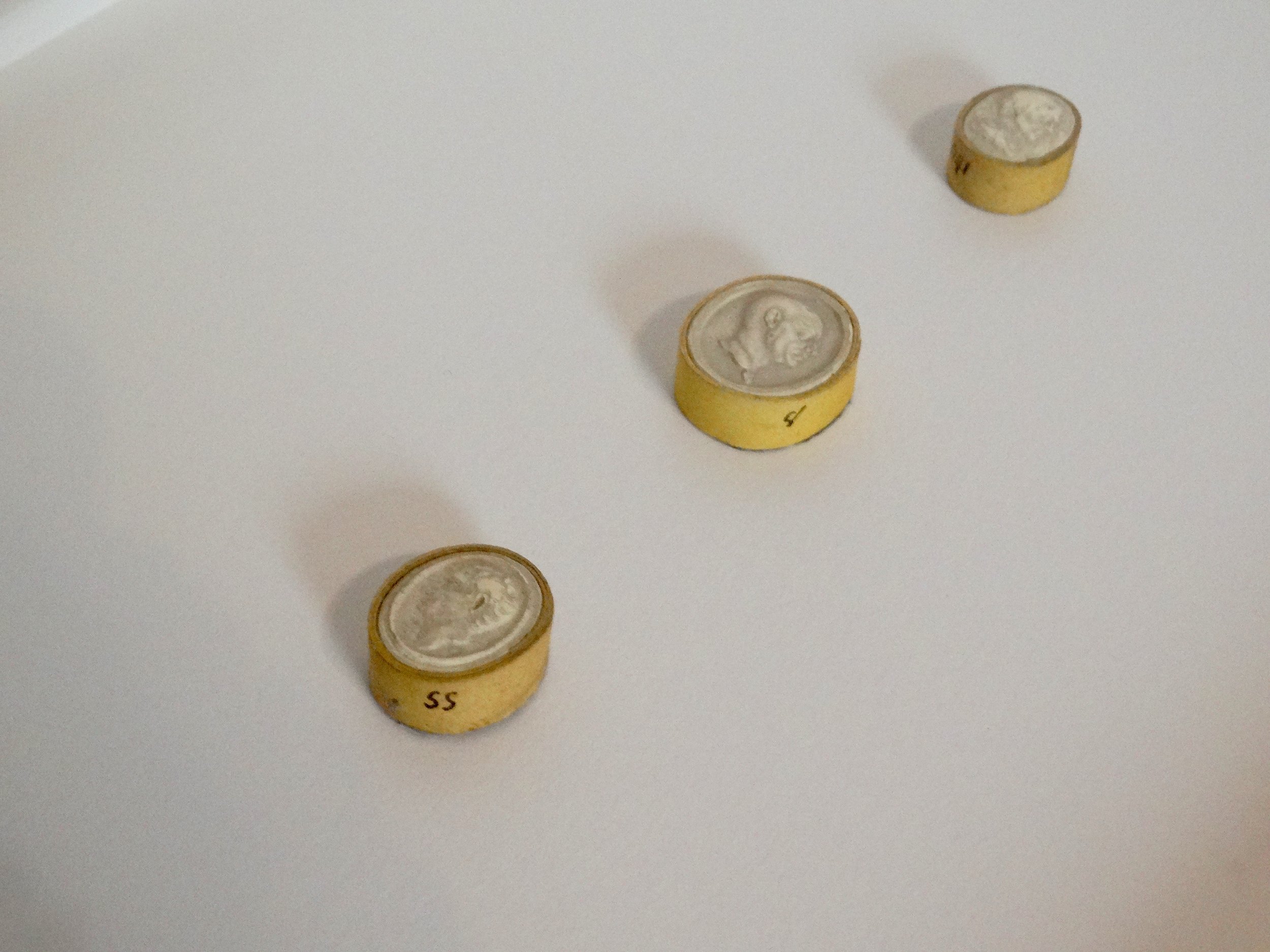 Image 9 of 12
Image 9 of 12

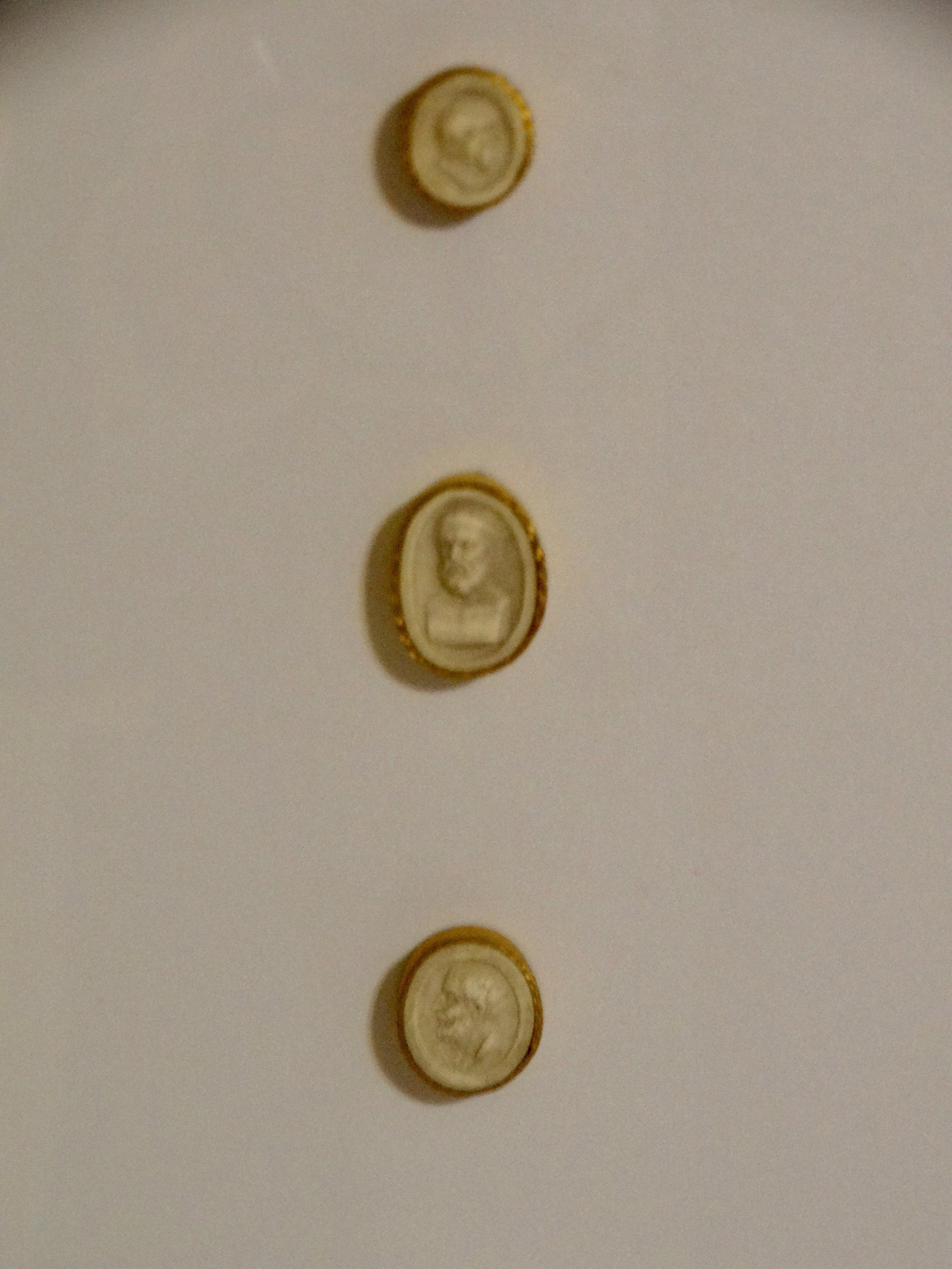 Image 10 of 12
Image 10 of 12

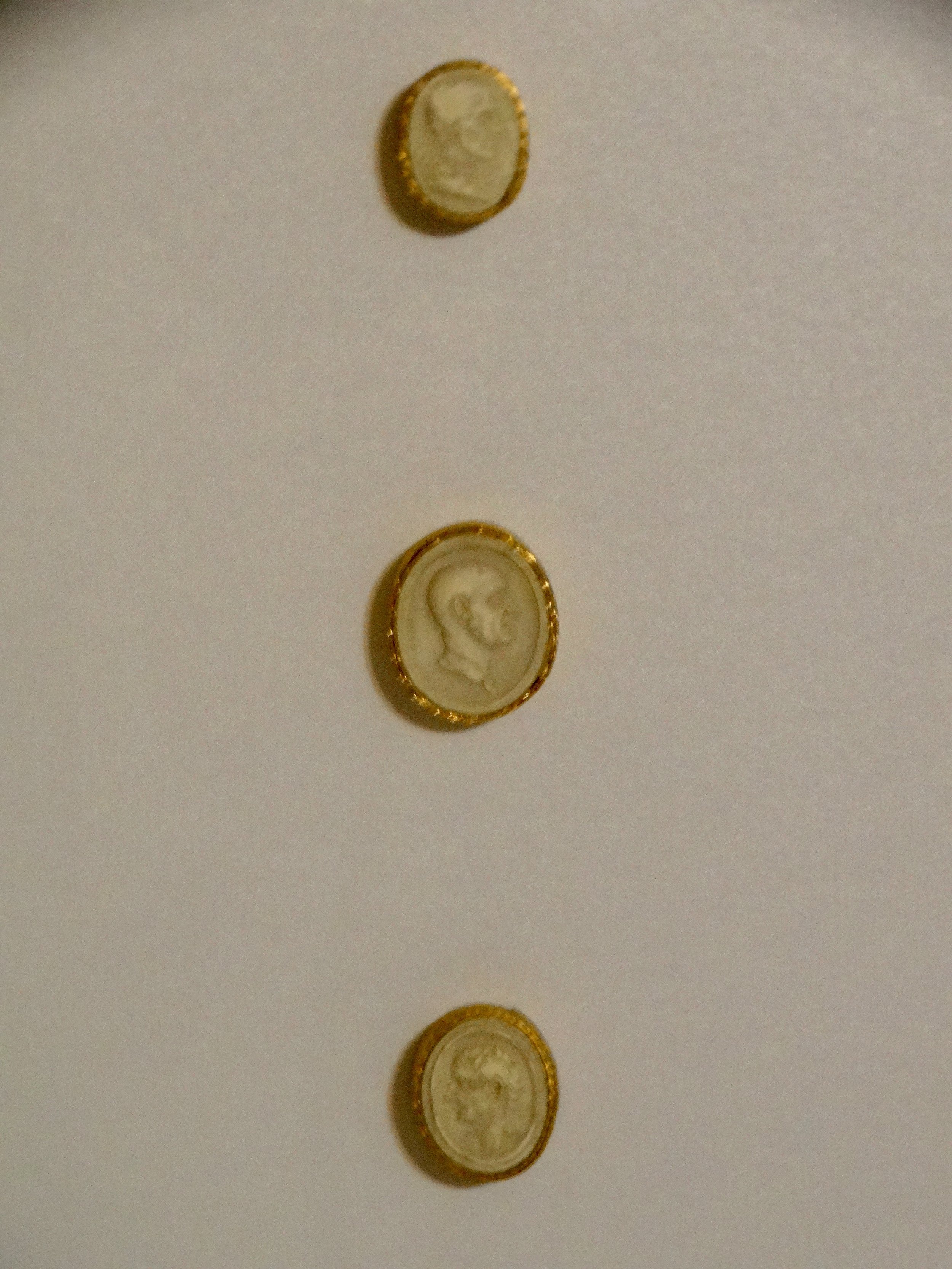 Image 11 of 12
Image 11 of 12

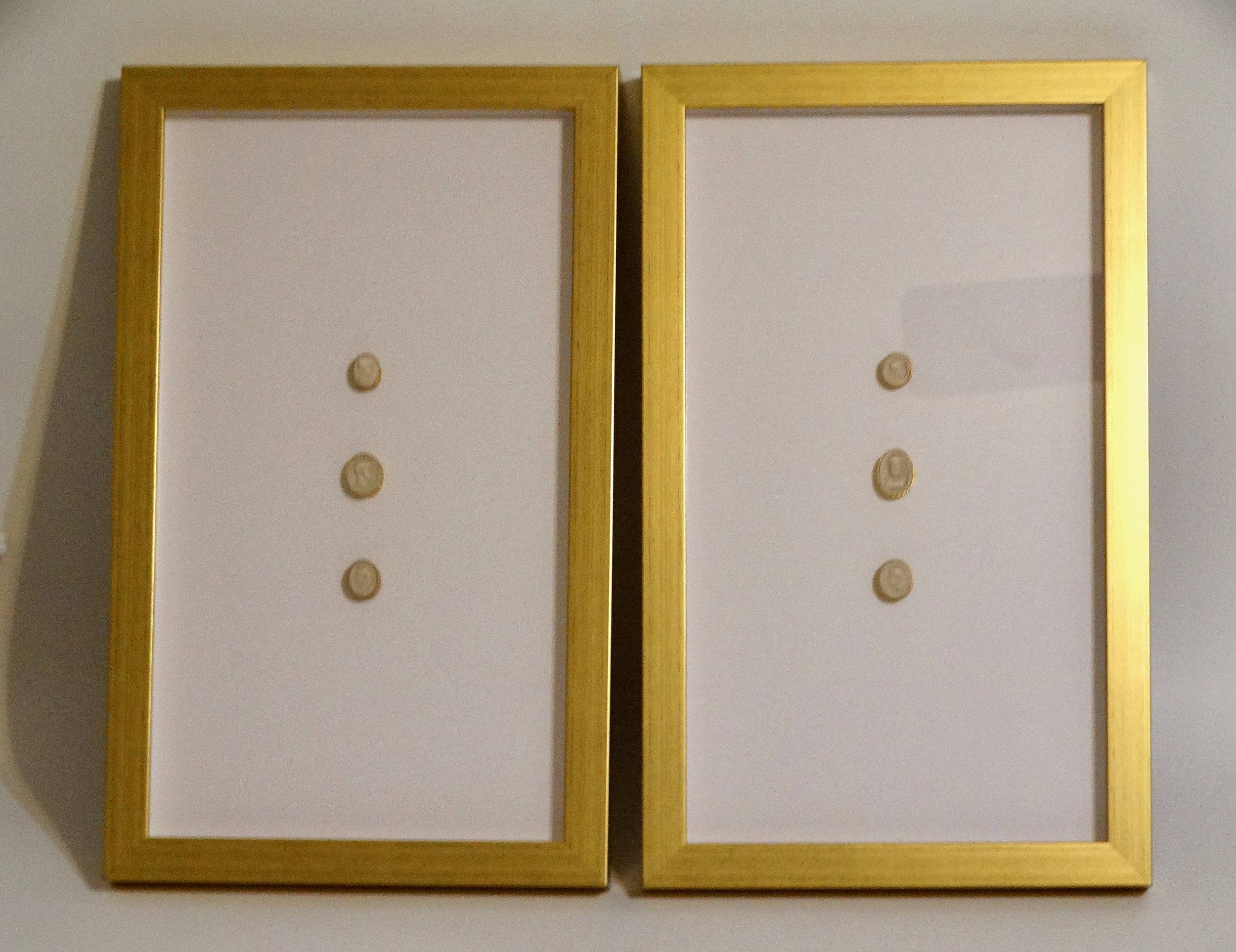 Image 12 of 12
Image 12 of 12













1820's Framed Genuine Antique Grand Tour Intaglios, Set of 2
Fine quality pair of archival framed genuine antique Grand Tour Italian intaglios. These authentic circa 1820, intaglio cameos by Paoletti include various Greeks and Romans: Scipio Africaans, Antoninus Pius, the Philosopher Diogenes, Pindar, and Socrates. They were removed from the original wood stacking tray in Rome. They are all gilt paper wrapped and numbered with the original materials. They are superb.
Dimensions: 11” Length x 1.125” Width x 18.25” Height each
Condition is very good, archival framing, glass is perfectly clear
The Grand Tour offered a education and opportunity to acquire things otherwise unavailable, lending an air of accomplishment and prestige to the young aristocratic traveler. Wealthy Grand Tour travelers would return with crates full of books, works of art, scientific instruments, and curiosities from snuff boxes and paperweights, to altars, fountains, and statuary. All would be displayed in libraries, cabinets, gardens, drawing rooms, and galleries built for that purpose. The trappings of the Grand Tour, especially portraits of the traveler painted in continental settings, became the obligatory emblems of worldliness, gravitas and influence.
For those less moneyed, easily transportable keepsake Grand Tour intaglios were collected. The plaster intaglios hand carved with reliefs depicted various famous sites, Roman and Greek mythological deities as well as important Roman historical figures. Upon arriving home, the traveler would have dozens of Italian intaglios that he would mount in books or display in trays
Fine quality pair of archival framed genuine antique Grand Tour Italian intaglios. These authentic circa 1820, intaglio cameos by Paoletti include various Greeks and Romans: Scipio Africaans, Antoninus Pius, the Philosopher Diogenes, Pindar, and Socrates. They were removed from the original wood stacking tray in Rome. They are all gilt paper wrapped and numbered with the original materials. They are superb.
Dimensions: 11” Length x 1.125” Width x 18.25” Height each
Condition is very good, archival framing, glass is perfectly clear
The Grand Tour offered a education and opportunity to acquire things otherwise unavailable, lending an air of accomplishment and prestige to the young aristocratic traveler. Wealthy Grand Tour travelers would return with crates full of books, works of art, scientific instruments, and curiosities from snuff boxes and paperweights, to altars, fountains, and statuary. All would be displayed in libraries, cabinets, gardens, drawing rooms, and galleries built for that purpose. The trappings of the Grand Tour, especially portraits of the traveler painted in continental settings, became the obligatory emblems of worldliness, gravitas and influence.
For those less moneyed, easily transportable keepsake Grand Tour intaglios were collected. The plaster intaglios hand carved with reliefs depicted various famous sites, Roman and Greek mythological deities as well as important Roman historical figures. Upon arriving home, the traveler would have dozens of Italian intaglios that he would mount in books or display in trays
